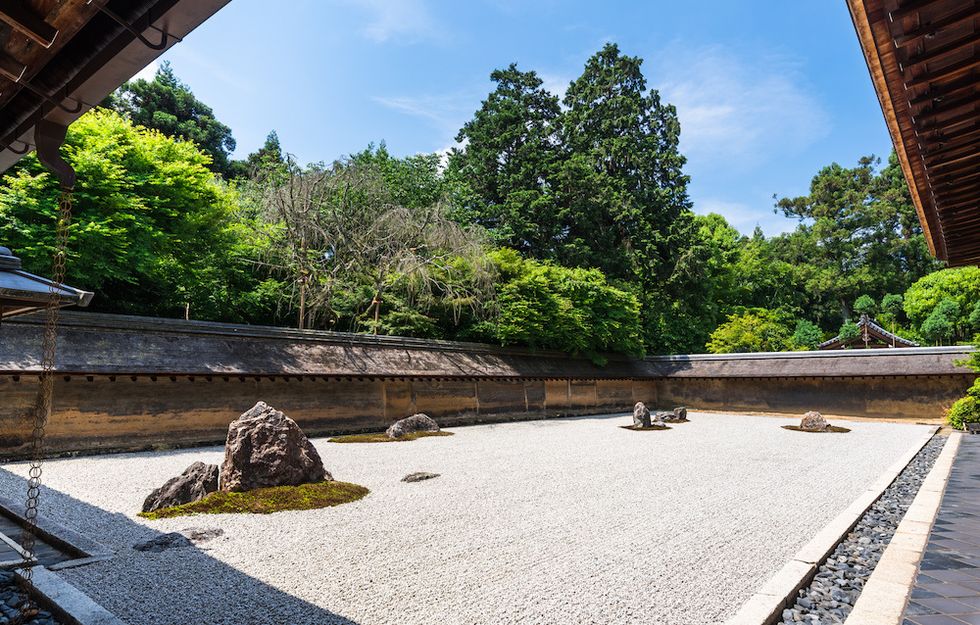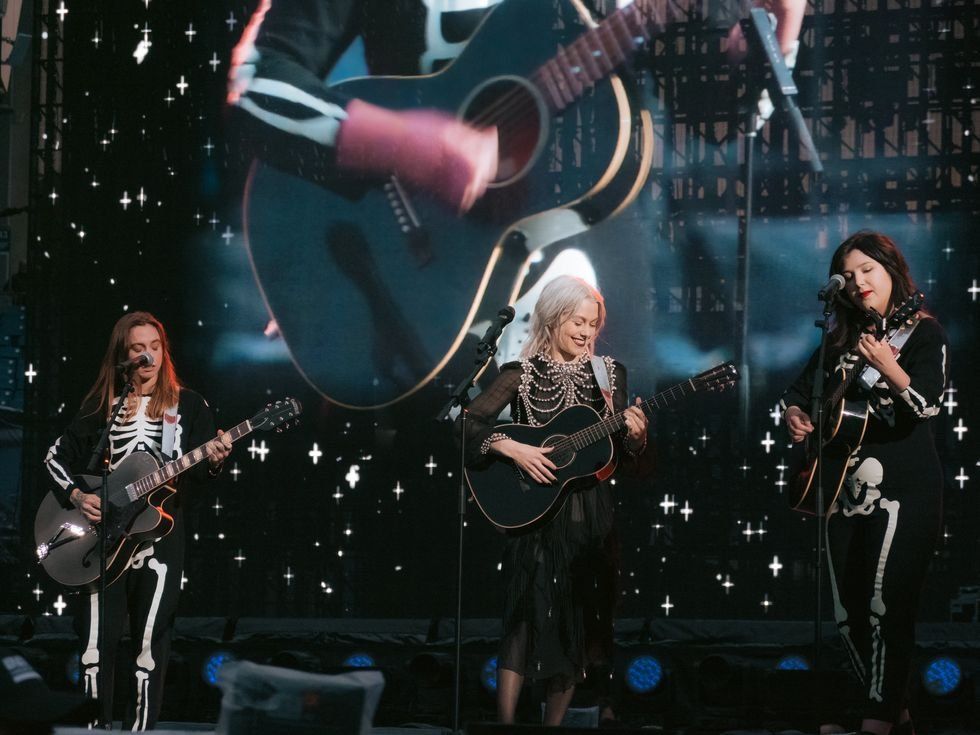The History of Minimalism

Ryoanji Temple in Kyoto
Minimalism actually started as an art movement that began in post-World War II Western art, most strongly with American visual arts in the 1960s and early 1970s and applied to visual arts, music, and other mediums. A lot of minimalisms' roots originate from simple, geometric designs and patterns as well as influence of the Japanese traditional culture of Zen Philosophy. Zen concepts of simplicity transmit the ideas of freedom and essence of living. Simplicity not only serves aesthetic value, but is a moral perception that looks into the nature of truth and reveals the inner qualities and essence of everything we encounter. There are 2 Japanese aesthetic principles. Ma refers to empty or open space by removing excess and reducing everything to its most essential quality. Wabi-sabi values the quality of simple and plain objects by appreciating a life a quietness in the absence of excess features. The Ryoanji Temple is an example of both of these aesthetic concepts.
Minimalism Now
Minimalism as we understand it today still reflects its origins while also developing new aspects. Simply put, minimalism is a life style that involves only the necessities of your life. Now while this doesn't mean that you have to live with the basics of food, water, and shelter, it does adhere to the principle of cutting the excess out of your life. This is different for everyone because not everyone has the same "necessities." Makeup is a perfect example. While some find it to be a necessity for their everyday life, others find it's something they can live without. Both are valid viewpoints, so long as you are using the things you have rather than having extra in your life.
At its core, minimalism is simplistic living, however the concept of minimalism can branch off into aspects of both mental and physical health as well. By having a diet that caters to our specific bodily needs, we can cut out the excess foods like junk food, fast food, etc. Mentally we grow as well. It's a well known adage that our living space/work space reflects our mental state. Less material clutter = less mental clutter.
Less = More
In this case, less does in fact mean more. Less clutter means less junk in your living space which means less things you have to clean. This gives you more time to do the things you like, such as reading, writing, practicing that instrument you've always wanted to learn.
By making a conscious effort to have less things, you begin to think about what is really important to you in life. You avoid the fads and the hype of a new trend and stick to the things you actually need and use in your daily life. This allows you a chance to self reflect on what you would typically buy versus what you need to buy. That new handbag doesn't mean anything to you if you're only buying it because it's what's in for now. If you're not going to use it, then why have it? Self reflection is important not only for a minimalistic lifestyle, but for a happy lifestyle. Looking within yourself aids in your personal journey of self love by knowing who you are and what kind of person you are so you can act in a way to further your own happiness. Having more self control over what you buy also helps you save money which can be put towards trips that you want to take or treating yourself to a nice dinner every once in a while.
Where to Begin
Beginning a minimalist lifestyle is simpler than you may think. Decluttering your living space is the easiest way to start. You can do this by clearing out junk one room at a time or by doing one section of a room if cleaning the entire room is too much. It's perfectly okay to start of slow so long as what you're doing is effective. A good checklist to have in mind is this:
1. Have I used this in the past 30 days?
2. Does this item make me happy?
3. How is this item beneficial to me?
4. Is this a duplicate item?
These are good, general questions to keep in mind as you're decluttering to help you get started, especially if you're on the fence about an item. If you still don't know if you should throw it away, another good tip is to place those "unsure" items in one area. If you don't use those items within the following 30 days, get rid of it.
Everyone starts their journey differently. Some can declutter their entire house in a day and find it theraputic to trash everything in one go, whereas others may find it difficult to rid themselves of certain items for one reason or another. This is perfectly okay. It's important that you do this at your own pace because, like anything else, doing something for yourself only works if you do it on your terms. Don't feel pressured to do it like someone else just because you're doing it wrong. There is no right or wrong way to do it, so take your time and enjoy the idea of trying something new!




 Energetic dance performance under the spotlight.
Energetic dance performance under the spotlight. Taylor Swift in a purple coat, captivating the crowd on stage.
Taylor Swift in a purple coat, captivating the crowd on stage. Taylor Swift shines on stage in a sparkling outfit and boots.
Taylor Swift shines on stage in a sparkling outfit and boots. Taylor Swift and Phoebe Bridgers sharing a joyful duet on stage.
Taylor Swift and Phoebe Bridgers sharing a joyful duet on stage.













